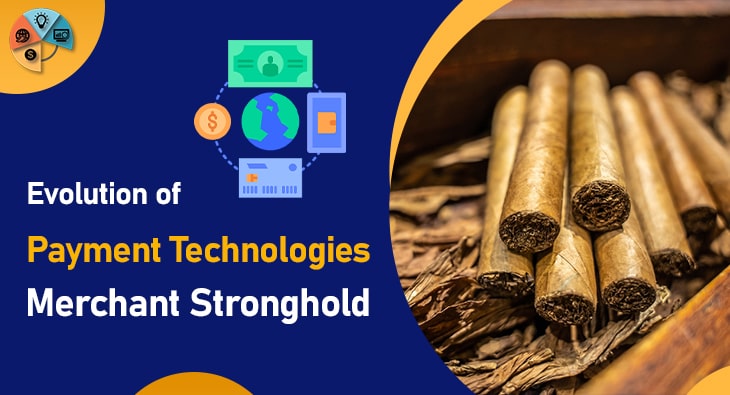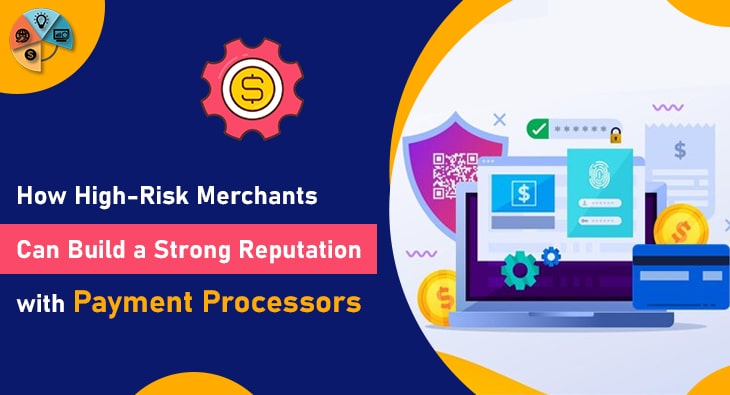The landscape of payment technologies has undergone a remarkable transformation over the decades, significantly altering how consumers and businesses conduct transactions. From the rudimentary barter system to the introduction of coins and paper money. The journey of payment technology evolution is a fascinating tale of innovation and adaptation.
With the rise of the internet, the 21st century witnessed a seismic shift towards digital payment trends, enabling seamless transactions across borders. The advent of credit cards revolutionized consumer spending. While mobile wallets and contactless payments have made transactions faster and more convenient than ever before.
As we navigate through the digital age, technologies such as blockchain and cryptocurrencies are paving the way for the next frontier in payment solutions. Understanding this evolution not only sheds light on past practices but also provides insights into the future of commerce in an increasingly interconnected world.
The Beginnings of Currency Exchange
The initial phase of payment technology evolution began with the barter system, where goods and services were directly exchanged between parties. This primitive method was limited by the need for a double coincidence of wants—both parties needed to possess something the other desired. As societies grew more complex, this method proved inefficient, prompting the search for more standardized forms of value exchange.
This led to the introduction of commodity money. Such as grains, livestock, and precious metals, which held intrinsic value and were widely accepted. The use of metals, particularly gold and silver, marked a significant advancement as they were durable, divisible, and portable. Early civilizations, including the Mesopotamians and Egyptians, began minting coins, stamping them with symbols to guarantee their authenticity and value.
These early coins facilitated trade over longer distances and contributed to the expansion of commerce. The shift from bartering to the use of commodity money set the stage for the more sophisticated payment systems that followed, laying the foundation for the diverse range of payment methods we utilize today.
Some Related Blogs
- How to Set Up a Merchant Account for Your Cleaning Service
- How To Start an Online Cigar Business
- Unlocking Success with a Casino Merchant Account
- The Ultimate Travel Industry Payment Gateway Guide
The Advent of Paper Money
The transition from metal coins to paper money marked a pivotal moment in the evolution of payment technologies. Originating in China during the Tang Dynasty (618-907 AD), paper money was initially used as promissory notes or “jiaozi,” issued by merchants and later regulated by the government.
This innovation addressed the impracticality of carrying heavy metal coins for large transactions, facilitating greater economic efficiency. By the Song Dynasty (960-1279 AD), the Chinese government had fully embraced paper currency, which eventually spread to other parts of the world via trade routes.
European explorers and traders, impressed by the convenience of paper money, brought the concept back to their home countries. Sweden became the first European nation to issue paper currency in the 17th century, followed by other nations adopting similar practices.
The introduction of paper money allowed for easier storage and transport of wealth, promoting larger-scale trade and commerce. This shift significantly impacted the global economy, setting the stage for the future development of banking systems and credit instruments.
With its portability and standardized value, paper money became a cornerstone of modern financial systems, enabling economies to grow and evolve beyond the limitations imposed by metal coinage.
The Introduction of Credit Cards
The introduction of credit cards in the mid-20th century marked another significant leap in the evolution of payment technologies. The concept of a credit card was first introduced in 1950 by the Diners Club, allowing customers to dine at various restaurants and pay the bill at a later date. This innovation was soon followed by the establishment of other credit cards. Most notably American Express in 1958 and BankAmericard, which eventually became Visa, in 1959. These early credit cards operated on a closed-loop system, accepted only at specific merchants who had agreements with the issuing company.

The widespread adoption of credit cards transformed consumer behavior by offering unparalleled convenience and purchasing power. Unlike cash or checks, credit cards provided immediate access to funds with the promise of future repayment, often coupled with a grace period and the possibility of earning rewards.
As the technology matured, magnetic stripe cards and later, chip-enabled cards, enhanced security and expanded their utility globally. The establishment of international payment networks further facilitated the seamless use of credit cards across borders.
The growth of credit card usage not only simplified transactions but also laid the groundwork for the development of digital payment trends and electronic banking services, shaping the modern financial landscape.
The Rise of Online Payments
The proliferation of the internet in the late 20th century ushered in a new era for payment technologies, giving birth to online payments. Pioneering companies like PayPal, established in 1998, provided a secure and efficient platform for transferring money electronically, eliminating the need for traditional banking intermediaries.
This innovation empowered consumers and businesses to conduct transactions from the comfort of their homes, catalyzing the growth of e-commerce. With online payments, shoppers could purchase goods and services from around the globe, contributing to the globalization of markets.
As security measures evolved, technologies such as SSL (Secure Socket Layer) encryption ensured that sensitive financial data was protected during online transactions, increasing consumer trust in digital payments.
The convenience of online banking further simplified financial management, allowing users to transfer funds, pay bills, and monitor account activity through digital interfaces. The integration of online payments with e-commerce platforms like Amazon and eBay streamlined the checkout process, making it faster and more user-friendly.
The rise of online payments has been a cornerstone in the payment technology evolution, transforming how we interact with money in the digital age and paving the way for subsequent innovations like mobile and contactless payments.
![]()
Email us anytime!
Email customer service 24/7
![]()
Call us anytime!
Reach customer care 24/7 at +1 (727) 330-3944


